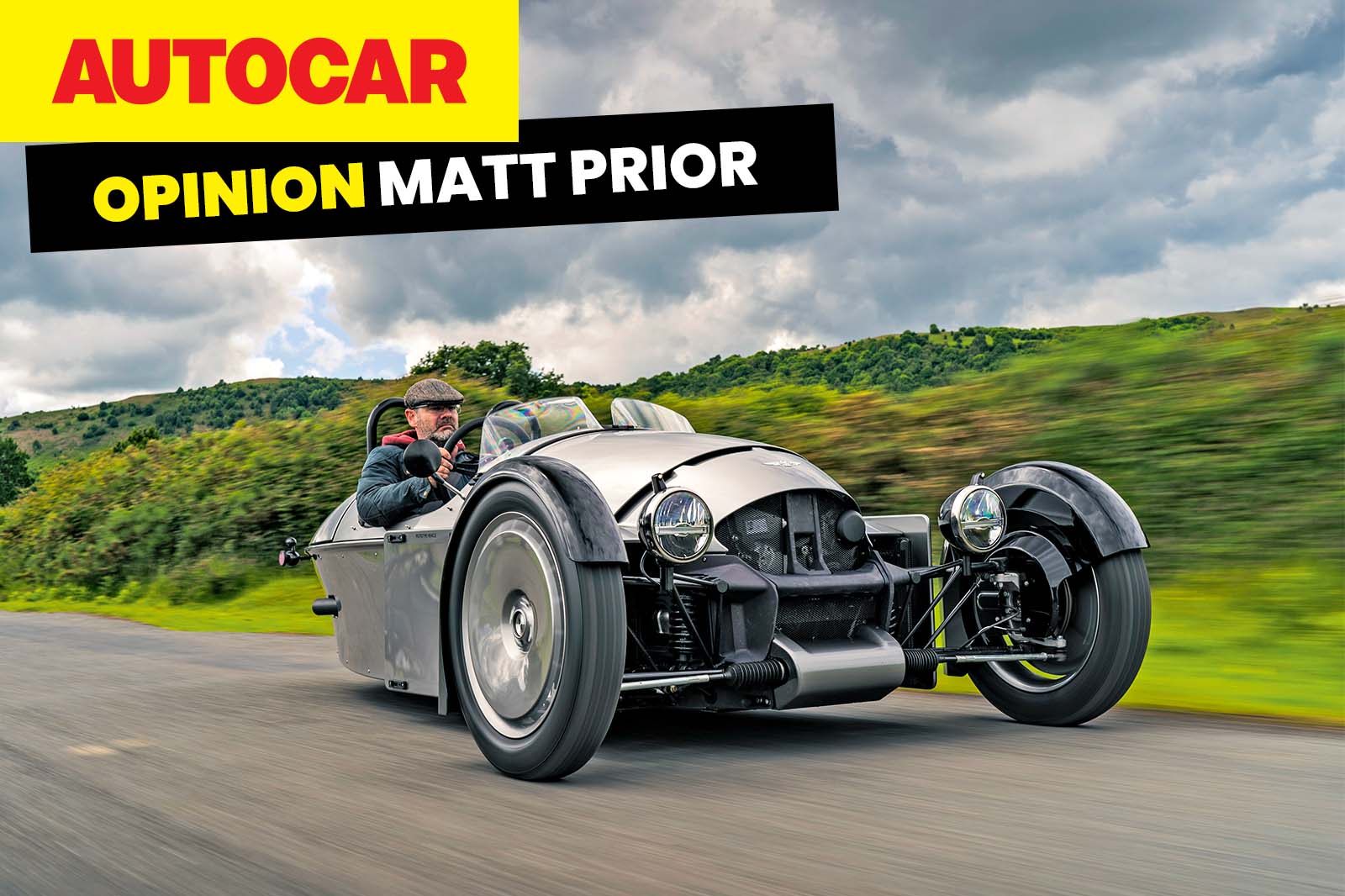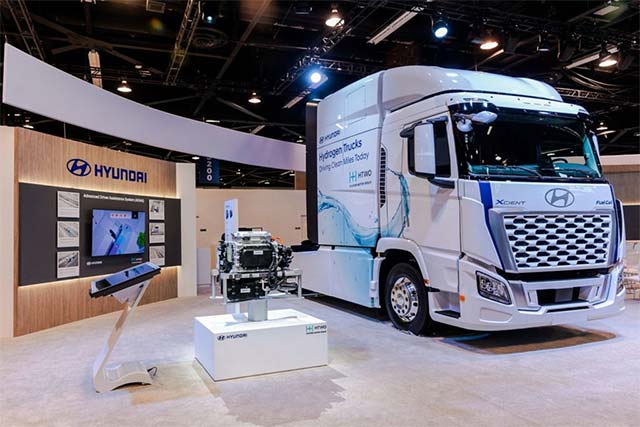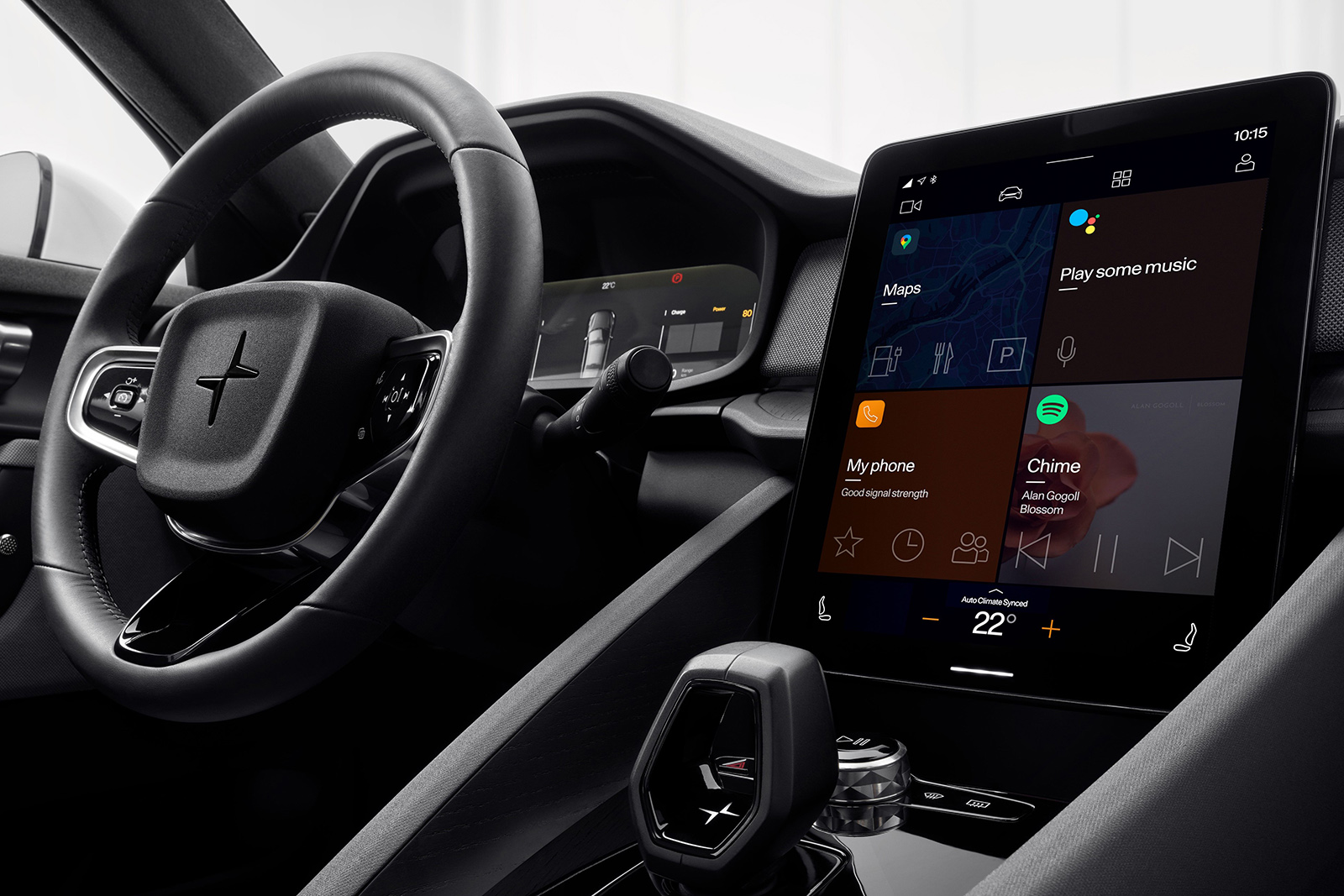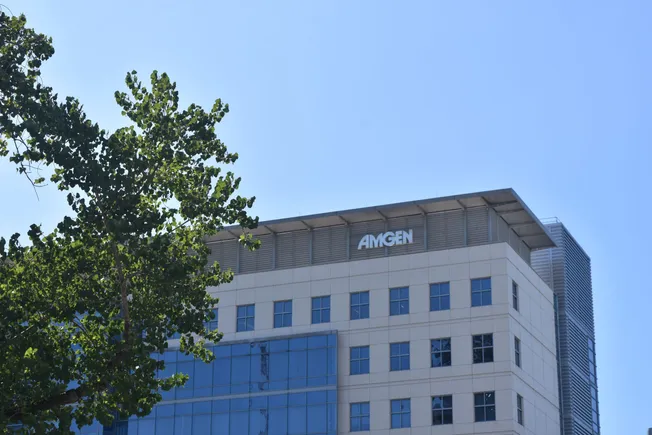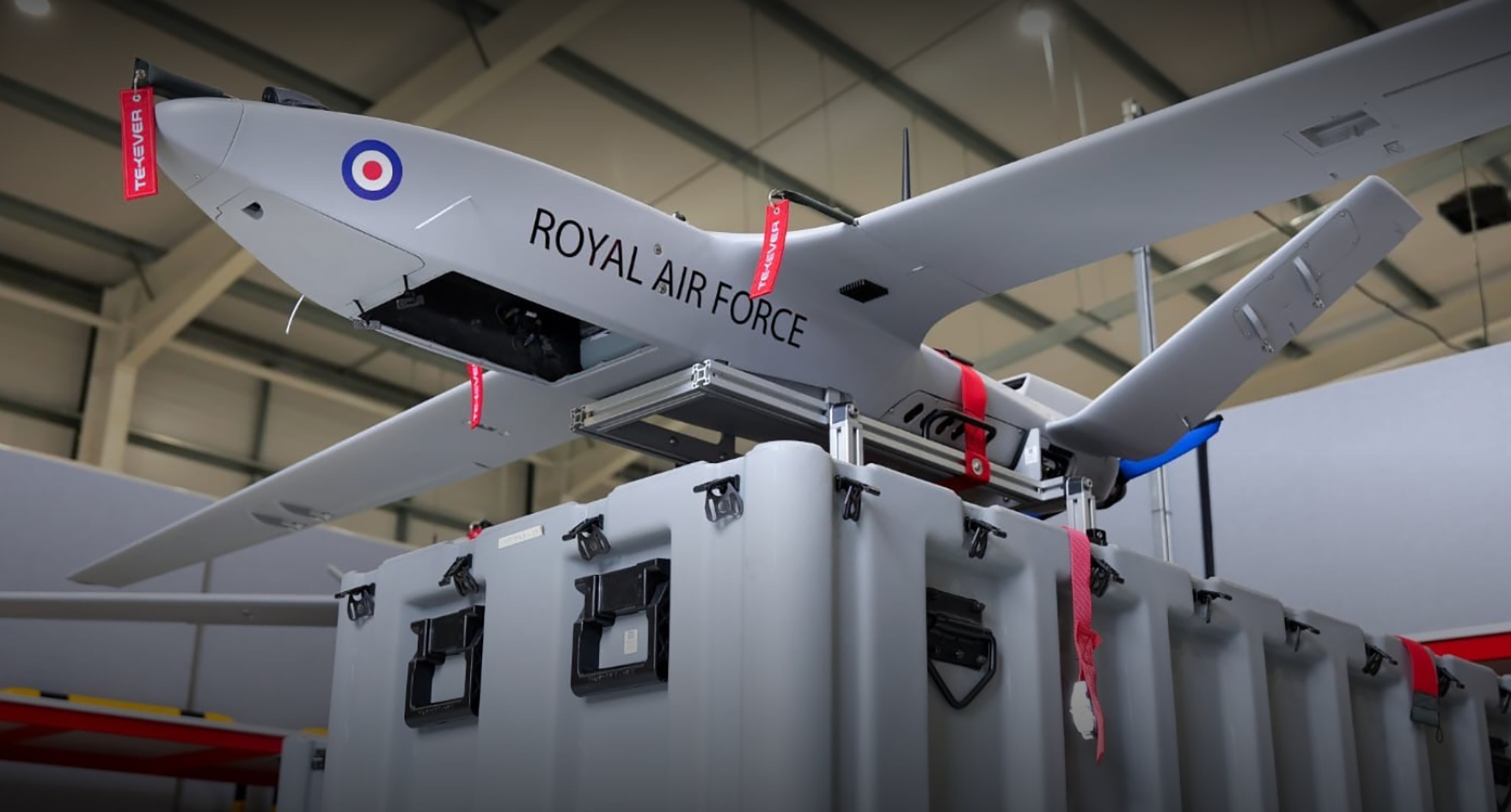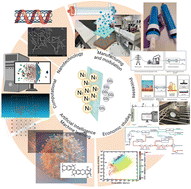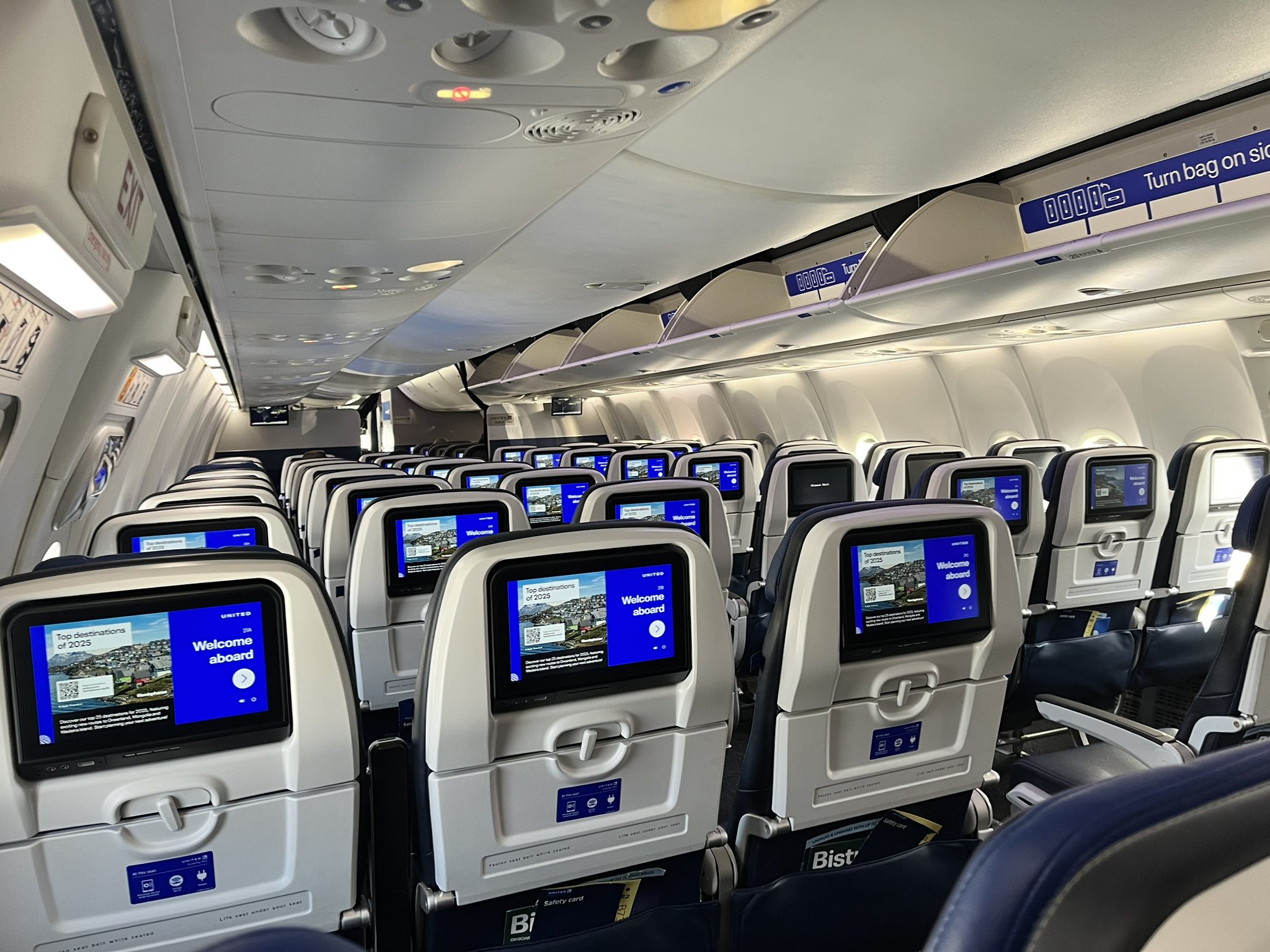Minimize Vibration in Boring Operations With Four Smart Strategies
The specific factors that can contribute to vibration are myriad — but here are the best four ways to minimize them. The post Minimize Vibration in Boring Operations With Four Smart Strategies appeared first on Fabricating & Metalworking.


When it comes to machine vibration, your metalworking shop could have the ideal tooling setup for a given application and still encounter unforeseen issues. It is a fact that vibration can be a slippery slope. In precision boring operations, vibration can slow you down, cause excessive tool wear and even result in scrapped parts. The specific factors that can contribute to vibration are myriad — but here are the best four ways to minimize them.
- Choose the best anti-vibration tech
The fight against vibration starts at the machine, but what if your machine tool isn’t quite a spring chicken? For older machines and applications that require extremely tight tolerances, tooling tech can go a long way. BIG DAISHOWA’S EWN Smart Damper, for instance, combats vibrations and reduces chatter in deep-hole finish boring. The damper works via a passive damping mechanism that counters vibration with high-resonance friction action. Its components are designed to be modular — enabling longer tool assemblies that address vibration as close to the cut as possible.
It’s not just for a better finish — this damper system enables higher speeds and feeds to improve cycle times by up to a factor of 10.
- Think smart with modular solutions
Common logic tells us that modular tooling can cause problems with rigidity. It’s true that when using modular tooling systems to achieve extension, fewer connections are better. But in complex and deep-hole boring operations, longer tools may be inevitable. Below are several approaches to modular tooling that can reduce vibrations:
- Lighter, higher-precision modular parts combat issues with tool assembly weight, reducing vibration and tool-change issues. For example, BIG DAISHOWA modular tooling allows greater flexibility with modular connections without compromising precision.
- In specialized cases, a different type of modular assembly can help: adding a guide bushing around the tool to guide the tool in the hole in a more rigid way. This solution calls for slower cutting and careful observation, so seek application support from a trusted tooling partner.
- Don’t get your modular tooling from just anywhere — each piece of a modular system must be even higher quality and more rigid than single-tool solutions to make up for the incremental loss in rigidity as connections are added.
- Compensate with digital boring heads

For boring applications that require tight tolerances or where challenges increase the risk of oversized or undersized holes, digital boring heads can offer a bit of insurance and significantly speed up production. Digital boring heads allow operators to make high-precision adjustments faster and easier. What’s more, models like the EWE 2-152 digital fine boring head allow for variable length adjustment of the tool holder for the shortest, most rigid tool assembly.
- Select the right insert
The right tooling insert to reduce vibration in boring is a high-quality, ground insert with a sharp cutting edge to reduce tool pressure. Beyond that, lead angles matter. Longer lead angles may allow you to increase speeds and feeds but lead angles closer to 90° apply the least amount of radial pressure against the tool. Less pressure means less vibration — and better productivity and tool life.
Minimizing vibration to achieve optimal results and productivity is a team effort — not only from the many physical components at play, but with application experts who can help guide your team to the best solution.
The post Minimize Vibration in Boring Operations With Four Smart Strategies appeared first on Fabricating & Metalworking.










